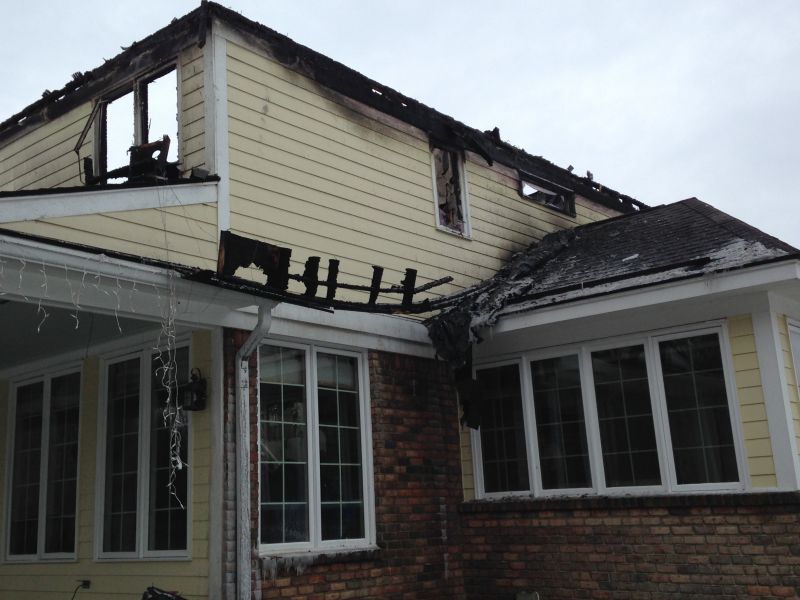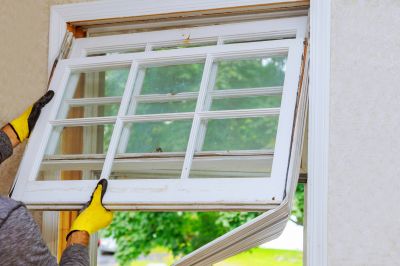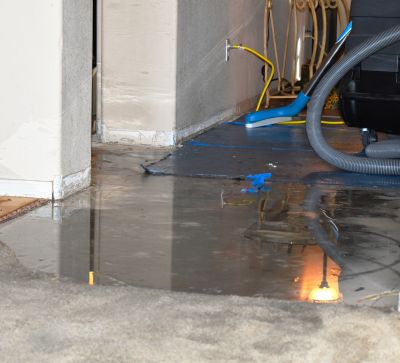Optimal Timing for Storm Restoration

Inspecting and maintaining structures before storm season can reduce damage and facilitate quicker restorations.

Timely evaluation after storms helps identify damage early, enabling efficient restoration efforts.

Scheduling repairs during calmer months can ensure availability of resources and reduce downtime.

Ways to make Storm Restorations work in tight or awkward layouts.

Popular materials for Storm Restorations and why they hold up over time.

Simple add-ons that improve Storm Restorations without blowing the budget.

High-end options that actually feel worth it for Storm Restorations.

Finishes and colors that play nicely with Storm Restorations.
Statistics indicate that the majority of storm-related damages occur during peak storm seasons, which typically include late spring through early fall. Planning restoration activities during off-peak times can lead to better scheduling and resource availability. Understanding local weather patterns and preparing in advance can minimize the impact of storms on property structures.
Storm activity peaks during certain months, making early-season or late-season restorations less common but sometimes necessary.
Monitoring weather forecasts helps determine optimal times for repairs and assessments, reducing risks during adverse conditions.
Proactive maintenance before storm seasons can mitigate damage and facilitate quicker restoration if storms occur.
Insurance claims are often processed more efficiently when damage is documented promptly after storms.

Visual assessments are crucial immediately after storms to determine the extent of damage.

Effective restoration involves structural repairs, roofing, and exterior work tailored to storm damage.

Strengthening vulnerable areas can help withstand future storms and reduce restoration needs.

Rapid response teams can address urgent repairs to prevent further damage.

Little measurements that prevent headaches on Storm Restorations day.

A 60-second routine that keeps Storm Restorations looking new.

A frequent mistake in Storm Restorations and how to dodge it.

Small tweaks to make Storm Restorations safer and easier to use.
| Season | Typical Storm Activity |
|---|---|
| Spring | Increasing storm frequency, potential for hail and high winds |
| Summer | Peak storm activity, risk of severe thunderstorms |
| Fall | Continued storm occurrences, preparation time |
| Winter | Less storm activity, focus on snow and ice damage |
Understanding the seasonal patterns of storms helps in planning optimal times for restoration activities. Early preparation and timely response can minimize damage and associated costs, especially during peak storm months. It is advisable to conduct inspections before storm seasons and schedule repairs during periods of calm.

Using durable materials can improve resistance to storm damage and reduce restoration needs.

Strengthening roofs and walls enhances resilience against high winds and hail.

Having a plan for immediate response post-storm can expedite damage assessment and repairs.

Keeping detailed records of storm damage facilitates smoother claims processing.

Lower-waste or water-saving choices for Storm Restorations.

The short, realistic tool list for quality Storm Restorations.

Rough timing from prep to clean-up for Storm Restorations.

Quick checks and paperwork to keep after Storm Restorations.
Planning storm restorations during appropriate seasons ensures better resource allocation and safety. Regular inspections and maintenance can mitigate damage severity, leading to more efficient repairs. Staying informed about weather forecasts and storm alerts is essential for timely action.
Scheduling repairs during less active storm periods can reduce costs and improve scheduling flexibility.
Proactive measures before storm seasons can lessen damage and simplify restoration efforts.
Early interventions post-storm can prevent secondary damages and expedite recovery.
Understanding regional storm patterns aids in planning and resource management.
For property owners in Grand Blanc, MI, timing storm restorations carefully can lead to significant benefits. Being proactive and prepared during the right seasons ensures damage is addressed efficiently. Regularly reviewing weather patterns and maintaining structures can minimize the impact of future storms.
Interested in storm restorations? Filling out the contact form can provide more information and assistance tailored to specific property needs.
